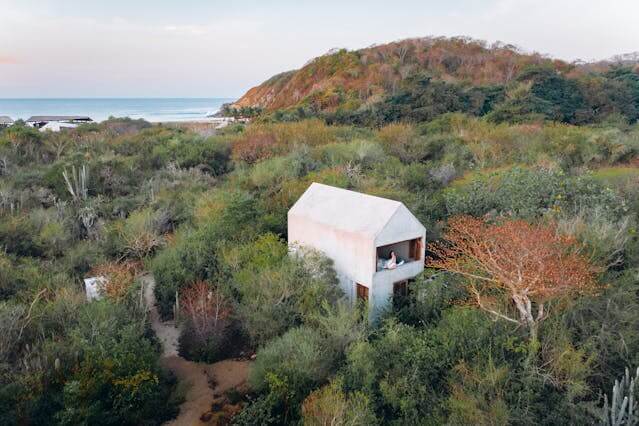New Mexico Tiny House Zoning Laws Overview
New Mexico offers a varied landscape for tiny house development, from high desert plateaus to alpine forests, with regulations reflecting both its pioneering spirit and water-conscious planning realities. The state adopted Appendix Q of the International Residential Code in 2018, creating a baseline framework for tiny houses across all 33 counties. This regulation defines tiny homes as dwellings 400 square feet or smaller with minimum ceiling heights of 6 feet 8 inches in main spaces. While this statewide code creates consistency for foundation-built tiny homes, implementation varies significantly between urban and rural areas. Counties with major population centers like Bernalillo (Albuquerque) and Santa Fe have more defined zoning structures with specific allowances for tiny homes as accessory dwelling units or primary residences in certain districts. Rural counties often provide greater flexibility but may have stricter requirements around water and septic systems given the arid climate. Tiny houses on wheels face more complex regulation as they're typically classified as recreational vehicles rather than permanent dwellings. Some progressive communities have created pathways for THOW placement through variance processes or special use permits, while others restrict them to RV parks or require conversion to permanent foundations. New Mexico's water rights system adds another layer of complexity—in many areas, proving water availability through municipal hookups, wells with valid rights, or approved rainwater systems is essential before tiny house approval. Anyone considering a tiny home project in New Mexico should begin by investigating specific county and municipal ordinances, as the difference between building in urban Santa Fe versus rural Catron County can be substantial.
New Mexico's 2018 adoption of IRC Appendix Q establishes consistent tiny home standards statewide, though zoning implementation varies greatly between counties with water access often determining feasibility.
Understanding the zoning laws is just the first step. Once you know what is legal in New Mexico, you can start looking at tiny houses for sale in New Mexico or connect with local builders who have experience working within these regulations.
